At San Diego Cardiac Center, we are equipped with some of the world’s most advanced diagnostic tools and systems. If you are scheduled for a cardiac test, we can help. We are pleased to be able to offer our patients advanced cardiac tests.
Lorem ipsum dolor sit amet, consectetur adipisicing elit. Ad alias animi commodi distinctio doloremque eum exercitationem facilis in ipsum iusto magnam, mollitia pariatur praesentium rem repellat temporibus veniam vitae voluptatum.
Lorem ipsum dolor sit amet, consectetur adipisicing elit. Ad alias animi commodi distinctio doloremque eum exercitationem facilis in ipsum iusto magnam, mollitia pariatur
